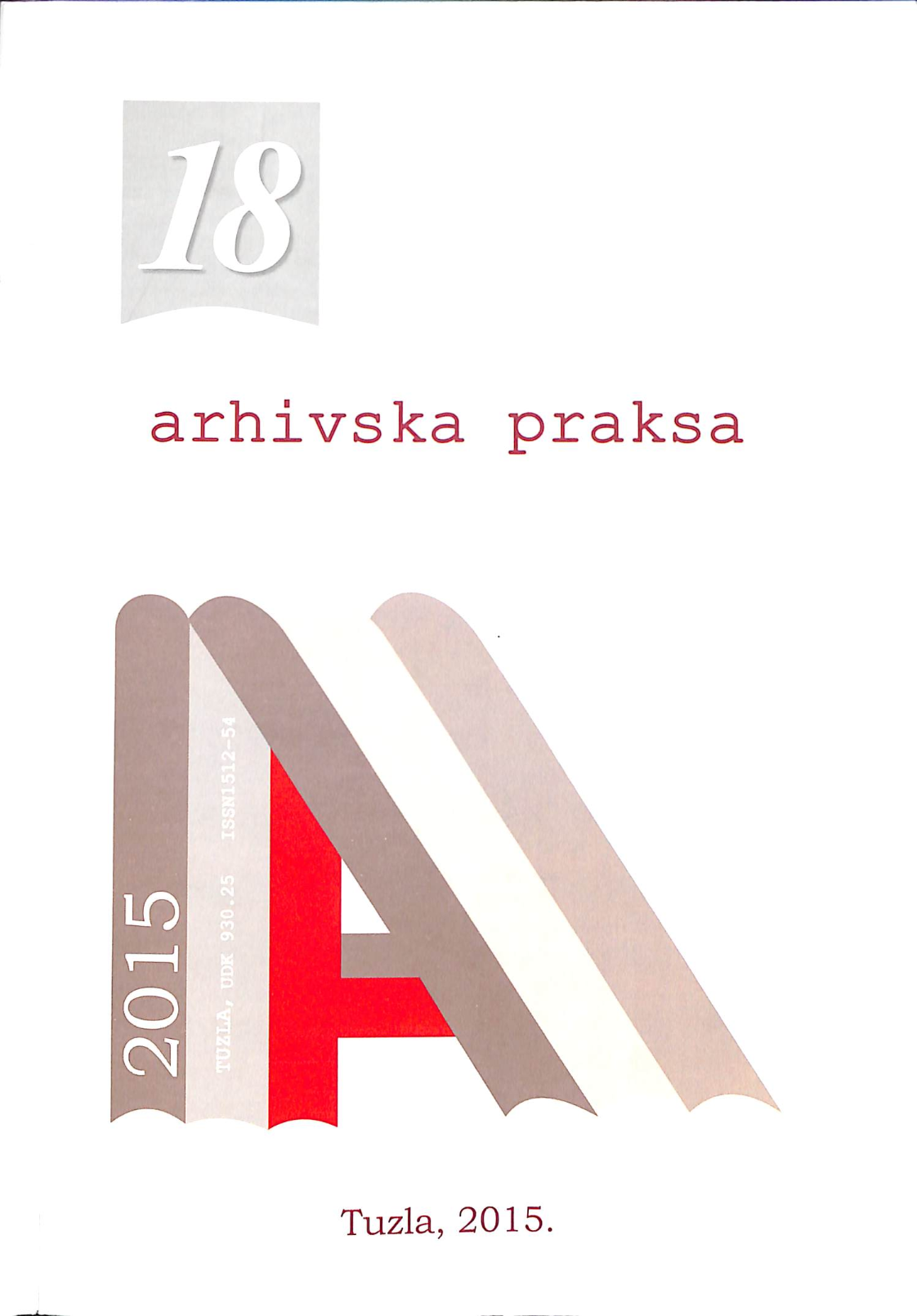Obnova i društveni razvoj Doboja u periodu 1945. - 1953. godine
Restoration and social development of Doboj 1945-1953.
Author(s): Sead SelimovićSubject(s): History, Social history, WW II and following years (1940 - 1949), Post-War period (1950 - 1989)
Published by: Arhiv Tuzlanskog kantona
Keywords: Bosnia and Herzegovina; Sarajevo; reconstruction; social development; agriculture; industry; handicrafts; commerce;demographic changes; literacy: education;
Summary/Abstract: Restoration of Doboj after World War II took place slowly. Tasks on the renovation and construction of the settlement were not implemented according to the plans of district and republican authorities. This is mainly justified by ‘’ large devastation of country ‘’, but not emphasized the inability of those who are supposed to contribute to the implementation of reconstruction. Great success has been achieved by building a wooden bridge on the river Bosna in Doboj, which the citizens of this area much easier everyday life and the transition from one bank to another. In addition, district and county government has organized ‘’ impact week ‘’for the renovation and construction of roads, land cultivation and repair lines. Those actions sought to achieve the trust between citizens of different nationalities, mainly Bosniaks, Serbs and Croats, which was disrupted during the Second World War. Doboj companies met were, in the first years after World War II, with labor shortages. As a result, the company admitted students from the economy. They were mostly students without one or both parents. In addition, the company in Doboj the county did not have not enough qualified workers. Trades, industry and trade have failed to reach a level of development that was before the start of World War II In the process of colonization of Bosnia and Herzegovina to Vojvodina, the population of Doboj district settled in place Tovariševo in the county of Backa Palanka. In the area of Doboj together lived Bosnians, Serbs, Croats and members of other nations, and the population is continuously increasing. Results in the field of agriculture have not been satisfactory. Poor organization, especially in rural cooperatives, then the lack of seeds and labor, were only some of the causes of the poor state of agriculture. Poor yields from the harvest, the issue of purchase, etc., caused famines and peasant producer cooperatives were unable to respond to the tasks, and they have until the end of 1953 were ‘’ paid ‘’. In Doboj the county is without any education was 68.97% of the population with primary education 26.79%, and with lower secondary education 3.36% of the population. Higher secondary schools had 0.76%, and college and high school 0.10% of the population. The total percentage of illiterate population Doboj district women accounted for 40.94% and 28.03% of men.
Journal: Arhivska praksa
- Issue Year: 2015
- Issue No: 18
- Page Range: 490-506
- Page Count: 17
- Language: Bosnian, Croatian, Serbian

